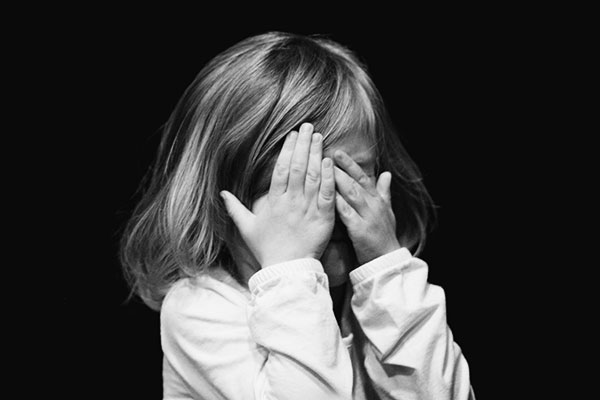
Children are being raised in a number of violent situations from domestic violence in the home to street/gang violence in the neighborhood, to violence on the television and war around the world.
All types of violence, whether watched on television or experienced first- hand, has damaging long term impact on children. When children experience violence in their childhood their perception of the world is altered for the rest of their life. They see, feel and perceive the world from a different perspective. The world around them; local, regional and world-wide becomes a scary, frightening, out of control environment in which they are helpless to protect themselves and in which they have no hope of safety or security.
Children who are raised around violence become violent because they see violence as the only way to protect themselves from harm and stay alive. If we do not want children to become violent adults and use violence as the primary method of leadership and control then adults must:
- Take a different approach to violence in our communities and world.
- Actively engage in teaching children that violence is NOT the only way or effective way of coping with the world around them.
Steps to combating Violence
- Do not use violence with or around children. Even in violent situations adults need to use non- violent interactions with children and others in their environment.
- Actively teach and model nonviolence methods of communication and conflict resolution. Through actions, stories, lesson in history, the lives of non-violent leaders, role modeling and songs adults can teach methods of non-violence to children.
- Limit children’s exposure to violence as much as possible. Keep children away from violent people, events, television shows/news reports. When that is not possible use the violent situations as a teaching lesson to help children identify more effective non-violent ways of solving conflict then the use of violence.
- Help children identify their own feeling when they are around violent people and situations. When children can identify their own feelings of trauma, fright, insecurity they can better appreciate their own need for secure, safe environments and people. This in turn helps them develop empathy for others needs for security and safety.
- Cultivate peaceful problem solving solutions with children for local, regional and national challenges. Until we, as adults, start to actively help children seek out peaceful solutions children cannot cultivate tools of peace. We must pass on the “tools of peace” through respectful dialogue, active listening, empathy for others, service to others and support of human dignity for all people.
Click Here for Article PDF

 Donate Today
Donate Today